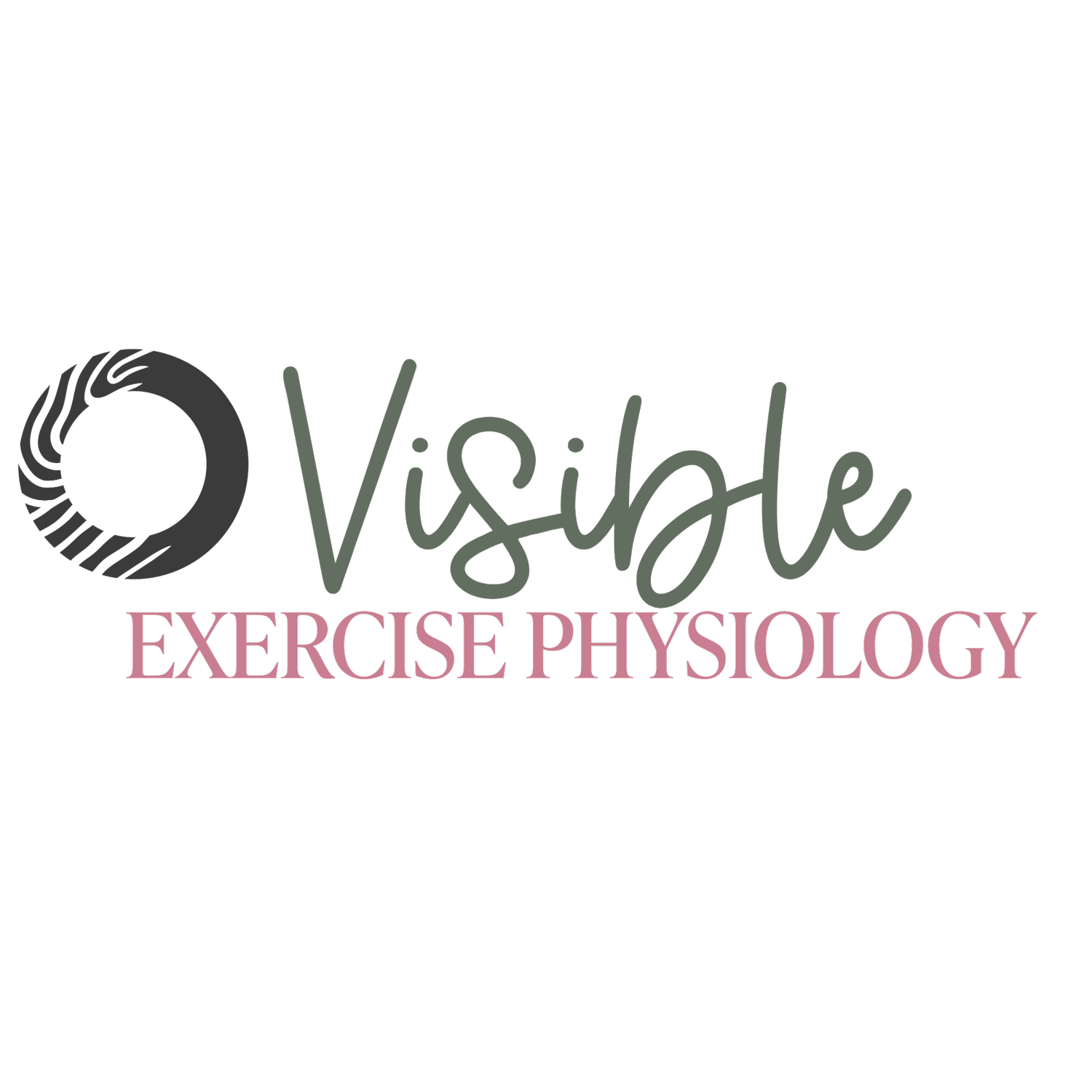Frequently asked questions.
-
You don’t need a diagnosis to start getting support. If you're living with things like persistent fatigue, pain, or other ongoing symptoms, you're absolutely welcome to work with us.
-
No referral is needed to book in. You're welcome to self-refer at any time. If you do have a care plan or referral from your GP, that's totally fine too—we can work with whatever feels right for your situation.
-
Each consultation type includes examples to help you choose the appointment length that best suits your needs right now.
-
At Visible Exercise Physiology, we make payments simple and stress-free. Whether you're using private health insurance, a CDM plan, NDIS, DVA, or workers' compensation funding, we can help you avoid the hassle of paying out of pocket and claiming separately. We use Tyro Health for automatic, secure payments, sending you a payment link via email so you can claim instantly and pay only the gap fee.
-
Yes — if you have a chronic health condition, you may be eligible for up to five Medicare-funded sessions with an exercise physiologist each calendar year. To access this, you’ll need a referral from your GP as part of a care plan. Your condition must have been present (or expected to last) for six months or more, or be terminal. You also need to be seeing your GP and at least two other healthcare providers, like specialists or allied health professionals.
Aboriginal or Torres Strait Islander people may be eligible for up to 10 Medicare-covered allied health sessions each year.
People with type 2 diabetes may also be eligible for up to eight group-based sessions per year with an exercise physiologist, dietitian, or diabetes educator — with a GP referral.
-
Yes — starting from 1 July 2025, Medicare will fund exercise physiology sessions for autism and other complex neurodevelopmental conditions. To access this support, you’ll need a valid referral.
-
Medicare rebates are the same whether or not you hold a concession card.
-
Both professions help people move and feel better — but we work in slightly different ways.
Physiotherapy
Usually supports you during the early stages of injury or flare-up
Uses hands-on techniques like massage, dry needling, or joint mobilisation
Focuses on reducing pain, swelling, or restoring joint movement
Exercise Physiology
Helps with long-term recovery, chronic conditions, and invisible conditions
Uses movement and exercise as medicine — no hands-on treatment
Focuses on energy management, strength, pacing, and function
We often work together with physiotherapists! A physiotherapist might help you through the acute stage of an injury, and an exercise physiologist can support you with the next step — rebuilding your strength and helping you return to daily life in a sustainable, supportive way.
-
Tailored and individualised exercise prescribed and overseen by a qualified professional is not associated with significant adverse effects for many conditions. These include symptomatic hypermobility, POTS, CFS/ME, fibromyalgia, long-COVID, cancer-related fatigue, and other invisible conditions. Exercise is considered safe and beneficial in symptom management.
-
Exercise is fundamental to managing symptomatic hypermobility. In individuals with hypermobile joints, muscles must work harder to provide stability, often leading to muscle spasms, pain, fatigue, and a reduced quality of life. The altered joint mechanics and ligament laxity associated with hypermobility can also increase the risk of injury and lead to inefficient movement patterns. Strengthening the muscles surrounding these joints enhances stability and lowers the likelihood of dislocations and subluxations, essentially allowing stronger muscles to bear more of the load.
Furthermore, exercise plays a crucial role in improving joint proprioception, which is the body's awareness of joint position and movement. Ligaments, which connect bones at joints, contain receptors that send this positional information to the brain. However, increased ligament laxity in conditions like Hypermobility Spectrum Disorder (HSD) and hypermobile Ehlers-Danlos Syndrome (hEDS) can impair the function of these receptors, making precise joint control and stability more challenging. Engaging in exercises that specifically challenge proprioception can enhance joint control and stability, thereby reducing injury risk.
Additionally, exercise is beneficial for managing conditions frequently associated with HSD/hEDS, such as orthostatic intolerance and Postural Orthostatic Tachycardia Syndrome (POTS).
-
‘Exercise’ can mean many things. It doesn’t just mean going to the gym and doing heavy deadlifts or going on a run. Our approach isn’t just exercise-based; there are many avenues we go down while working together. We can work together to build capacity for an activity that is meaningful to you, such as doing chores, walking the dog, or knitting/crocheting.
In addition, we may include activity modification, introducing non-pharmacological management strategies like compression garments, increased salt intake, and pacing, planning, and prioritising, in your management plan.
We will always work at your pace.
-
At this stage, all appointments are offered via Telehealth only. This allows flexible, accessible support from the comfort of your home — no travel required. Face-to-face sessions may be considered in the future, depending on demand and availability.
